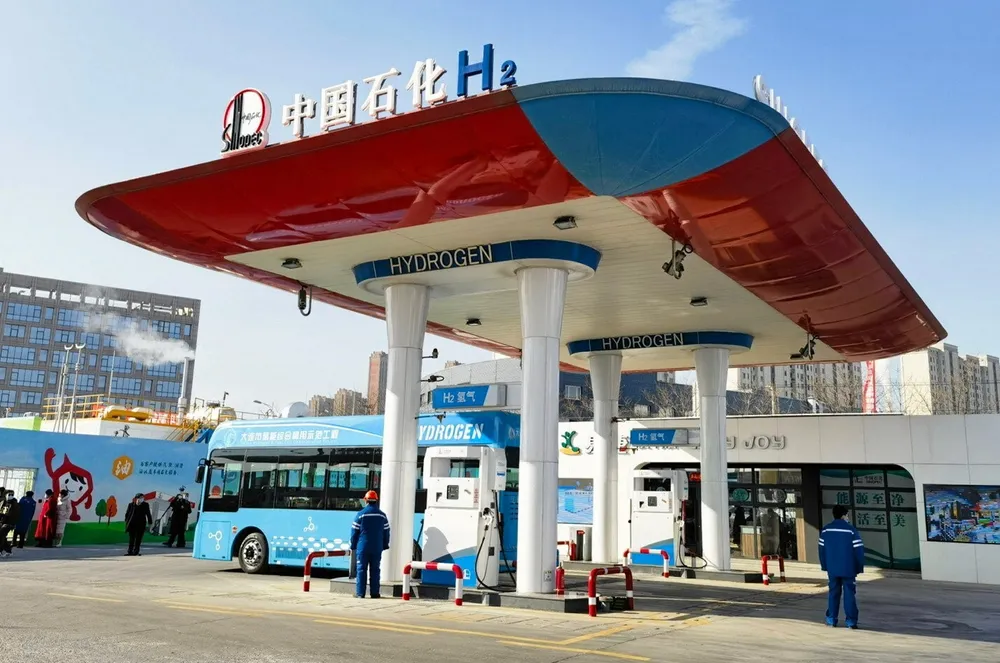Chinese oil giant Sinopec rolling out cost-saving methanol-to-hydrogen filling stations in China
State-owned company says that cracking methanol to hydrogen on site will be 20% cheaper than using delivered H2

State-owned company says that cracking methanol to hydrogen on site will be 20% cheaper than using delivered H2
